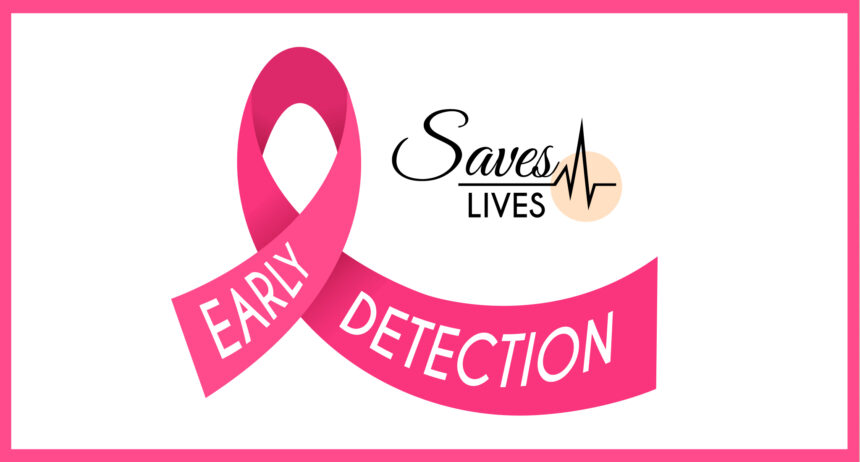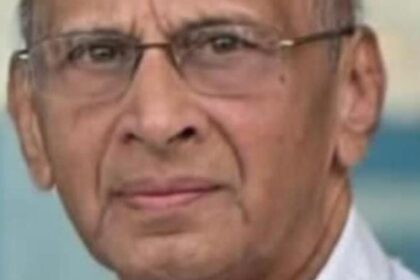🩺 Early Detection of Cancer: How to Spot the Signs and Save Lives
Cancer is one of the leading causes of death worldwide, but early detection can significantly improve survival rates and treatment outcomes. When cancer is caught in its initial stages, treatment is usually more effective, less invasive, and has fewer side effects.
This article explores how to detect cancer early, including warning signs to watch for, screening tests, and lifestyle habits that support early diagnosis.
🔍 Why Early Detection Matters
-
Early-stage cancers are often easier to treat and less likely to spread.
-
Survival rates for many types of cancer (like breast, colon, cervical, and prostate) increase dramatically with early detection.
-
It can help avoid complex treatments like chemotherapy or major surgery.
📌 Common Early Warning Signs of Cancer
While symptoms can vary by cancer type, the following signs should never be ignored:
1. Unexplained Weight Loss
Sudden and unintentional weight loss (5 kg or more) without changing diet or activity levels may signal digestive cancers like pancreatic, stomach, esophageal, or lung cancer.
2. Persistent Fatigue
Fatigue that doesn’t improve with rest can be an early symptom of leukemia, colon, or stomach cancer.
3. Changes in Skin
-
New moles or changes in existing ones
-
Darkening, yellowing, or reddening of skin
-
Sores that don’t heal
These may indicate melanoma or other skin cancers.
4. Lumps or Thickening
Any lump in the breast, testicle, neck, or elsewhere—especially if growing—needs urgent evaluation.
5. Changes in Bowel or Bladder Habits
Persistent constipation, diarrhea, blood in the stool, or difficulty urinating could be signs of colorectal or prostate cancer.
6. Persistent Cough or Hoarseness
A chronic cough, blood in sputum, or hoarseness may point to lung, throat, or laryngeal cancer.
7. Unusual Bleeding or Discharge
-
Vaginal bleeding between periods or after menopause
-
Blood in urine or stool
-
Nipple discharge (especially if bloody)
May be symptoms of cervical, uterine, bladder, or breast cancer.
8. Difficulty Swallowing
Could indicate esophageal or throat cancer.
9. Persistent Pain
Pain that lasts for weeks without a clear cause could be an early symptom, depending on the cancer type.
🧪 Cancer Screening Tests: What to Get and When
Screening tests can detect cancer before symptoms appear. Here are common tests and recommended age guidelines:
| Cancer Type | Screening Method | Recommended Age/Group |
|---|---|---|
| Breast | Mammogram | Women 40+ (or earlier if at high risk) |
| Cervical | Pap smear + HPV test | Women 21–65 (every 3–5 years) |
| Colorectal | Colonoscopy, FIT, or stool DNA test | Adults 45+ |
| Prostate | PSA blood test, digital rectal exam | Men 50+ (or 45+ with family history) |
| Lung (Smokers) | Low-dose CT scan | Age 50–80 with smoking history |
| Skin | Visual skin exams | All adults (annually or if risk factors exist) |
| Oral | Dental checkups, oral exams | Especially in tobacco or alcohol users |
Note: Guidelines may vary based on personal or family history. Always consult your doctor.
🧬 Risk Factors to Be Aware Of
✅ Lifestyle-Related
-
Smoking and tobacco use
-
Heavy alcohol consumption
-
Obesity and poor diet
-
Physical inactivity
-
Unsafe sex (HPV-linked cancers)
✅ Genetic/Family History
-
BRCA1/BRCA2 mutations (breast/ovarian)
-
Lynch syndrome (colorectal, endometrial)
If cancer runs in your family, consider genetic testing or earlier screening.
🩻 Advanced Tools for Early Detection
1. Liquid Biopsy
A blood test that detects cancer DNA in the bloodstream. Promising for early diagnosis of multiple cancers (still under research for general use).
2. MRI/CT Scans
Used for deeper examination when abnormalities are found.
3. PET Scans
Can detect cancerous activity even before a tumor grows.
👨⚕️ How to Be Proactive
-
Annual health checkups
Even when healthy, routine checkups can catch early signs. -
Know your body
Notice and report changes in how you feel, look, or function. -
Don’t ignore small symptoms
A persistent cough, fatigue, or mole change may seem minor, but early attention can save lives. -
Quit smoking & alcohol
Both are major contributors to multiple cancer types. -
Maintain a healthy lifestyle
Balanced diet, regular exercise, and stress management can reduce risk and help detect symptoms early. -
Keep health records updated
Family history, past reports, and test results help doctors monitor risks better.
🧠 Final Thoughts
“Early detection is the key to survival.”
Up to 80% of some cancers are curable if detected early.
-
Be aware, not afraid.
-
Stay alert to your body’s changes.
-
Prioritize regular screenings and medical guidance.









